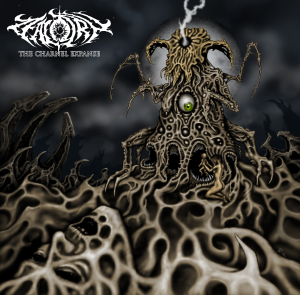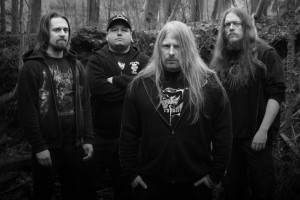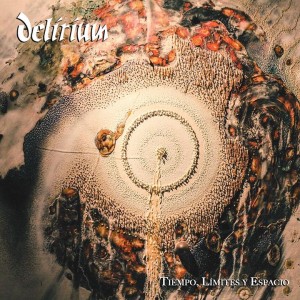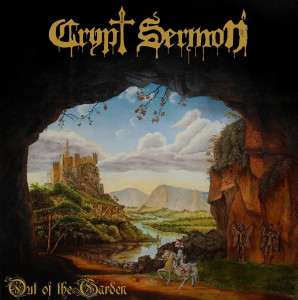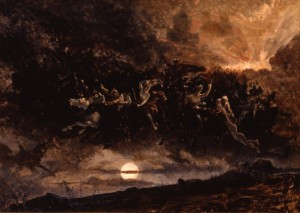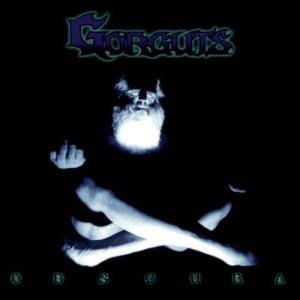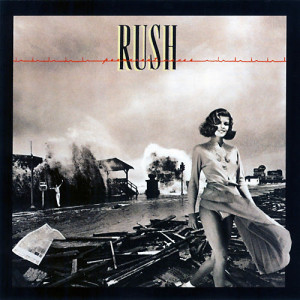Boston’s Zealotry made a startling contribution to death metal in 2013 with their debut album The Charnel Expanse. Plodding, grim death metal inspired on the vague harmonic coloration of Immolation, the watery flow of tremolo-picked melodies of Adramelech and the syncopated off-feeling of Demilich. A non-explicit disciple of the abstract concepts underlying the strong and clear structural construction in the death metal of At the Gates’ Gardens of Grief, Zealotry’s offering makes strides in the direction of the ideal and whole technical death metal.
A superficial glance over the record can give the impression that this is a retro band and that this is an “old school death metal” record. The only truth in that remark lies solely on the fact that Zealotry picks up where old school bands left off before death metal hit rock bottom in the mid 1990s only to branch out helplessly in a multitude of retrograde subgenres. Zealotry shows us the way the obsession with technique and extremity in performance of the genre at the time (which became its focus roughly after 1992) could have been channeled into the sculpting of true works of art rather than demonstrations of narcissism and inadequacy.
Condensed into one sentence, the reason why this effort falls short of its mark is related to the how monumental that goal is. Were they to pull off the record they were looking for, it would have single-handedly given the current death metal landscape an example to follow and at the same time it would have marked the end of a chapter in the genre.
But the naivete that cripples The Charnel Expanse gives the metal student a clearer study of death metal construction. The way each riff and section is rounded off and resolved makes the record overbearingly predictable. The thoughtful enchantment of each next riff is what allows the listener to pull through despite the somewhat conclusion-less songs. Here is where the influence of The Chasm is made most clear. It is as full of fervent candor as it is clueless regarding to how to close off ideas or give them more than a transitory character.
18 CommentsTags: 2013, album, debut, old school, review, Technical Death Metal, The Charnel Expanse, Zealotry
